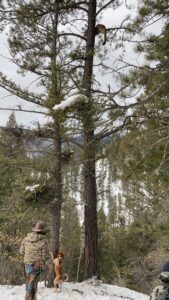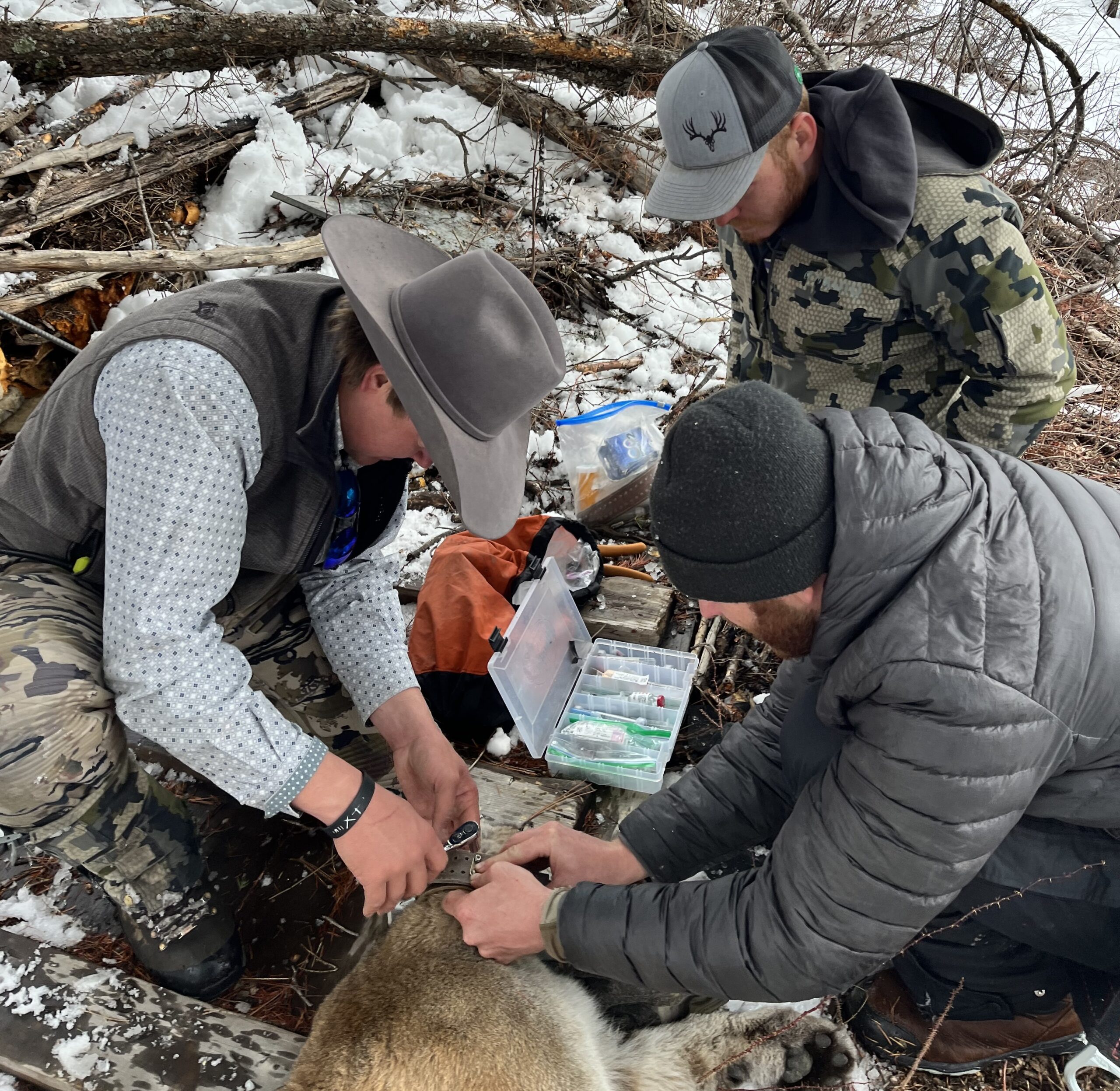 Researchers captured and placed GPS collars on six mountain lions in New Mexico’s Sangre de Cristo Mountains to gain a better understanding of the population density, movement patterns, dietary needs and other behaviors, including their impact on elk, mule deer and other wildlife.
Researchers captured and placed GPS collars on six mountain lions in New Mexico’s Sangre de Cristo Mountains to gain a better understanding of the population density, movement patterns, dietary needs and other behaviors, including their impact on elk, mule deer and other wildlife.
Doing so, allowed scientists to accumulate more than 11,700 satellite-based locality points so far. They also visited more than 80 prey sites. Early findings show mountain lions at lower elevations of 7,000-7,999 feet consumed elk, mule deer and pronghorn antelope while those at 8,000-8,999 feet focused mostly on mule deer. One lion left the observation area and made a 250-mile trip to the outskirts of Taos before returning.
Initial results show despite periods of relatively high snowfall, mountain lions often stayed within home ranges between 8,000 and 10,000 feet of elevation, suggesting prey populations may not be migrating immediately following snowstorms. Data also shows the animals have home ranges that vary in size from 40 to 100 square miles.
Researchers completed field study work and are compiling data and making final analyses.
The Rocky Mountain Elk Foundation supplied funding for the study.
Click here to view a short video about the project.
(Photo credit: McLain Mechan/Kyle Shaney)
